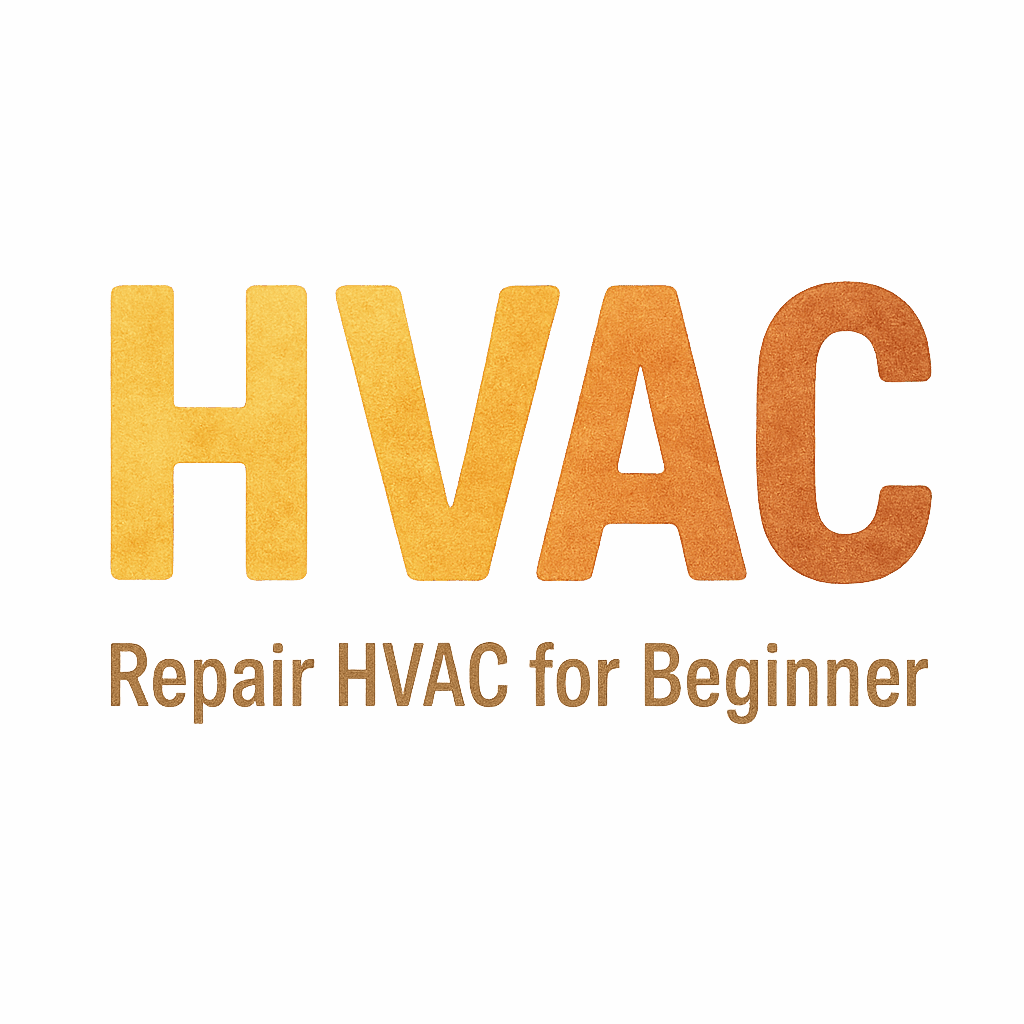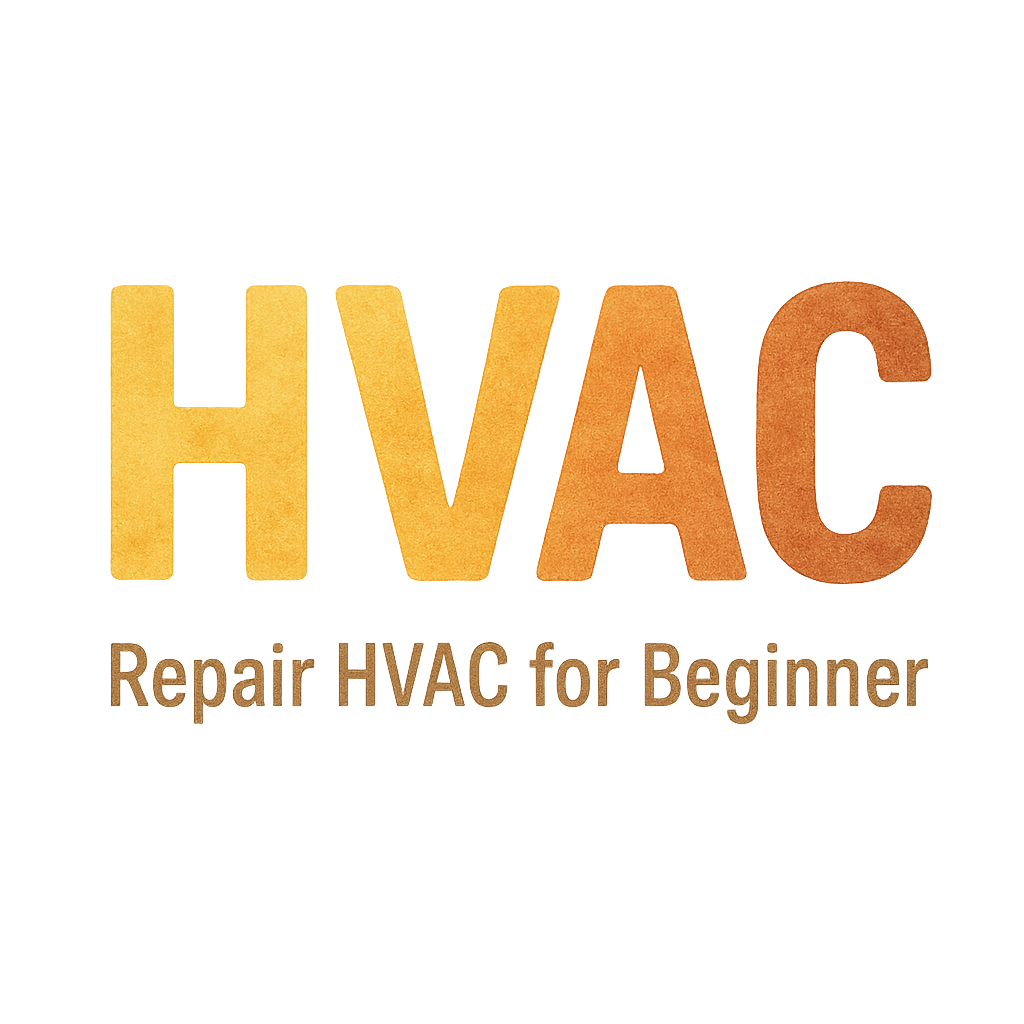Introduction
Dealing with a power outage is frustrating enough, but when the electricity comes back, you may find yourself wondering how to safely restart your HVAC system. A sudden power loss can affect your HVAC’s functionality, and improper handling can lead to damage or inefficiency. In this article, we’ll cover five key tips to safely restart your HVAC system after the power is restored.

Tip 1: Wait for the Power to Stabilize
Why Power Stabilization is Key Before Restarting
Before you rush to restart your HVAC system, it’s crucial to let the electrical system stabilize. Power surges or fluctuations right after an outage can damage sensitive components in your HVAC system. Electrical appliances, including your HVAC, need a steady flow of power to function properly.
Why wait?
A quick restart might seem tempting, but it could cause more harm than good. Letting the power settle for 5-10 minutes ensures the system is free from any unexpected surges or drops. Think of it like waiting for a calm moment before jumping into a swimming pool—you want to avoid the splash that could make things messy.
For more information on protecting your HVAC from power surges, check out our HVAC maintenance tips.
Tip 2: Check the Thermostat
How to Ensure Your Thermostat is Set Correctly
Once the power is stable, the next thing to check is your thermostat. Often, a power outage will reset your thermostat settings, so it’s important to check that everything is configured properly. If your thermostat is digital, it might have turned off completely or returned to its default settings.
Steps to Follow:
- Check the Display: If your thermostat has a display, ensure it’s showing the correct temperature.
- Set the Temperature: Adjust the thermostat to your desired settings for heating or cooling.
- Test the Mode: Make sure your HVAC is set to the correct mode (heating or cooling) and fan settings.
If your thermostat is still unresponsive or blank after the power outage, it could be an indication of internal issues. In that case, consider troubleshooting or contacting a professional. You can find more helpful advice on thermostat troubleshooting here.
Tip 3: Inspect Your HVAC System
Checking for Obvious Damage or Faults
Before you turn the system back on, it’s a good idea to inspect your HVAC system for any visible damage. Power outages, especially during storms, can sometimes result in issues like tripped circuit breakers, blown fuses, or even physical damage to the system.
What to Look For:
- Broken or Damaged Wires: Ensure no wires have been exposed or damaged during the outage.
- Burnt Smell: If you smell something burnt, it could be a sign of electrical issues that need attention.
- Debris or Dirt: Check for any debris, dirt, or other obstructions that could have accumulated during the outage.
Taking the time to inspect the system can save you from costly repairs down the road and ensure your HVAC runs efficiently. For regular maintenance tips, refer to our monthly HVAC care checklist.
Tip 4: Reset the Circuit Breaker
How to Safely Reset the Circuit Breaker to Restart Your HVAC
If your HVAC system was powered down during the outage, you may need to reset the circuit breaker. Sometimes, the breaker trips to protect the system from power surges, which is a safety feature built into most modern HVAC units.
Steps to Reset:
- Locate the Breaker Panel: Your HVAC system’s breaker will likely be in your home’s main electrical panel.
- Find the HVAC Breaker: Look for the breaker labeled “HVAC” or something similar.
- Switch Off and On: Flip the breaker to the “off” position and then back to the “on” position.
- Check the System: After resetting, head back to your HVAC system and check if it powers on. If it doesn’t, you may need a professional to inspect it further.
For more details on how to troubleshoot common HVAC issues, visit our HVAC troubleshooting guide.
Tip 5: Perform a System Test
Running a Diagnostic Check After Power is Restored
Once you’ve completed the previous steps, it’s time to run a test to make sure your HVAC system is functioning properly. A quick test will help ensure the system is operating at its optimal capacity.
What to Do:
- Turn on the system: Set the thermostat to heating or cooling, depending on the season.
- Listen for Unusual Noises: Pay attention to any abnormal sounds like hissing, banging, or excessive fan noise.
- Check the Vents: Ensure airflow is consistent, and there’s no strange smell coming from the vents.
If everything sounds and feels normal, you’re good to go! If not, you may need to call a professional to check for underlying issues caused by the power outage. For help with diagnosing HVAC problems, see our HVAC system diagnosis page.
Conclusion
A power outage can throw your HVAC system into a temporary funk, but with these five simple tips, you can get it back on track safely and efficiently. By waiting for the power to stabilize, checking your thermostat, inspecting the system, resetting the circuit breaker, and performing a system test, you can prevent damage and ensure your home stays comfortable.
If you’re still experiencing issues after following these steps, it might be time to contact a professional HVAC technician for a detailed inspection. Check out our HVAC troubleshooting services for more information.
FAQs
1. How long should I wait after a power outage before restarting my HVAC?
It’s recommended to wait for at least 5-10 minutes to allow the power to stabilize and avoid any surges.
2. What should I do if my HVAC doesn’t turn on after the power is restored?
Check the circuit breaker and thermostat settings. If the problem persists, consider calling a professional HVAC technician for a thorough inspection.
3. Can a power surge damage my HVAC system?
Yes, power surges can cause electrical damage to your HVAC components. Using surge protectors can help prevent this.
4. My thermostat is blank after a power outage—what should I do?
Try resetting the thermostat by turning it off and back on. If it doesn’t work, the thermostat may need to be replaced.
5. How can I tell if my HVAC system was damaged by the power outage?
Look for visible damage, such as exposed wires or a burnt smell. If anything seems out of the ordinary, it’s best to consult a professional.
6. Should I call a professional if my HVAC isn’t working after a power outage?
If you’ve tried troubleshooting and the system still doesn’t function correctly, it’s always a good idea to contact a professional.
7. Can power outages affect my HVAC’s efficiency?
Yes, power outages can affect your HVAC’s efficiency. It’s essential to perform proper checks and maintenance to restore it to peak performance.


